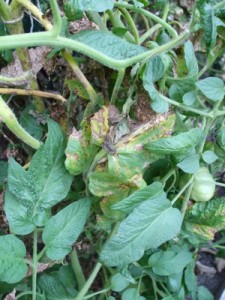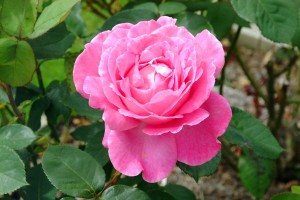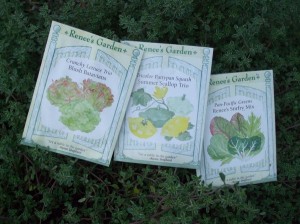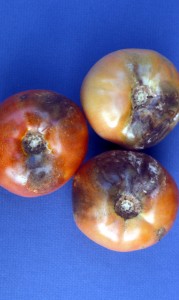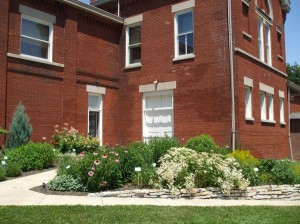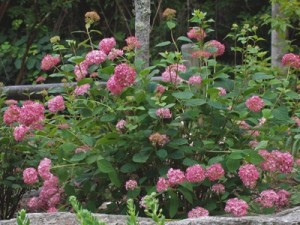A dreadful disease, septoria (Septoria lycopersci), has attacked my tomato plants, including three heirlooms, a cherry and Better Boy. More than nine inches above average ...
Hoosier Gardener
Echinacea Nation, Etienne style
Irvin Etienne's lastest blog at the Indianapolis Museum of Art's Web site gets us up to date with all the happenings in Echinacea Nation, or the land of purple coneflowers. Why, ...
Let’s debate national and state flower
First the national: George Ball, whose companies include Burpee, Heronswood, Ball Horticulture and other garden-related operations, blogged a few weeks ago about changing ...
Renee’s Garden announces photo contest
So many people write to tell Renee’s Garden about their success with its seeds that Renee and her staff would like to see your results. They invite you to enter your favorite ...
Devastating tomato disease confirmed from Maine to Ohio
From Maine to Ohio, gardeners and growers are worried about late blight, a very contagious disease that infects members of the nightshade family, such as tomatoes, potatoes and ...
Orchids on display at Garfield Park
On the Hoosier Gardener segment on Fox 59-TV July 15, we visited Garfield Park and talked to Fritz Nerding about some of the 800 orchids on display in the conservatory. ...
Healing arts rooted in medicinal plant garden
The gardens around the Indiana Medical History Museum are a beautiful reminder of the link among botany and our health and well being. For centuries, plants have played a ...
Smith & Hawken stores to close
Marysville, Ohio, — The Scotts Miracle-Gro Company (NYSE: SMG), the world’s leading marketer of branded consumer lawn and garden products, announced today it will cease operating ...
Hydrangea primer at Angie’s List
One of my many day jobs is as a freelance writer. One of the magazines I write for is Angie's List. In the June 2009 issue, we offer tips on selecting and caring for hydrangeas. ...
Quilt gardens cover northern Indiana
Happy July 4th. Celebrate with a tour of quilt gardens in Elkhart County, which keeps money in the state and supports an area that has struggled with high unemployment in this ...
